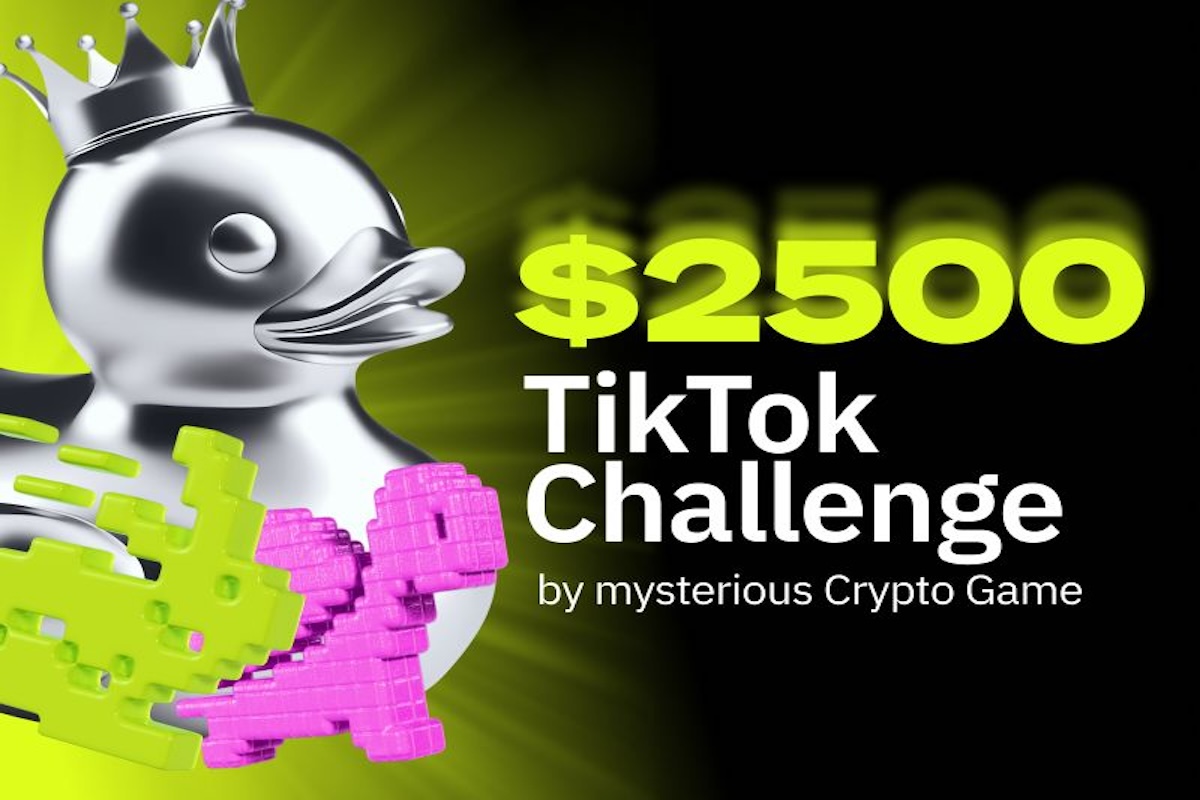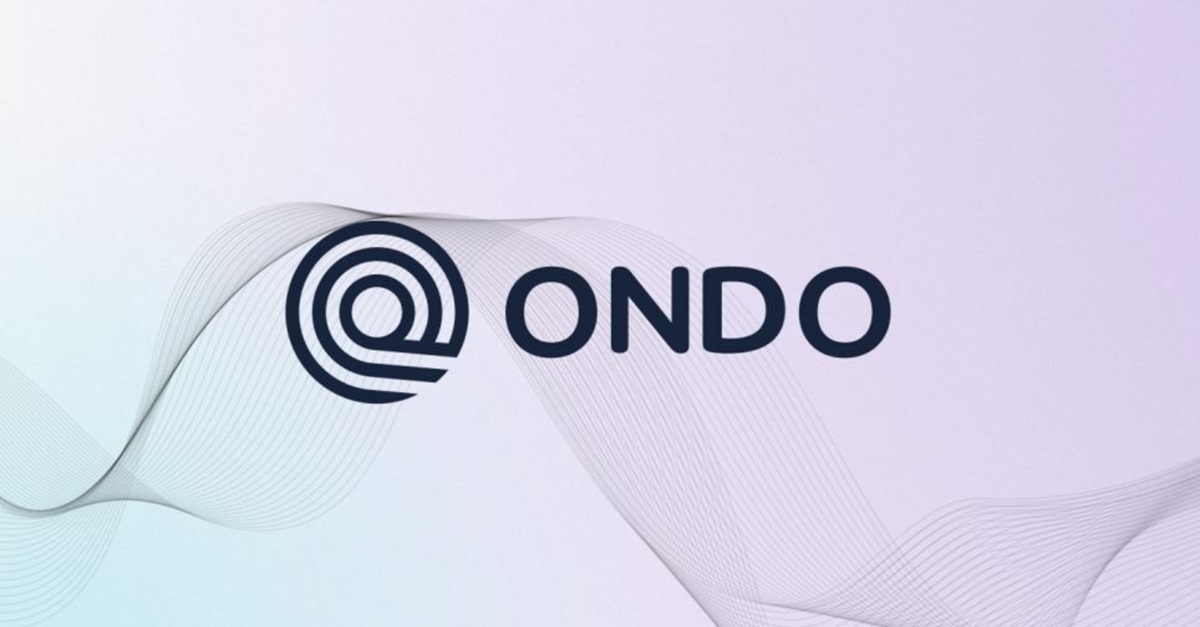Circle, the issuer of the popular stablecoin USDC, is drawing investor attention amid the growing discourse surrounding the EU’s Markets in Crypto Assets (MiCA) regulation. With MiCA set to transform the European crypto landscape, Circle executives have outlined its potential effects, projecting significant changes in market structure and competition.
Circle Exec Explores Potential Impact Of MiCA
The European Union’s Markets in Crypto Assets (MiCA) regulation is poised to become a transformative force for the crypto market, according to Circle executives. Patrick Hansen, Director of Strategy and Policy at Circle, recently emphasized the profound changes MiCA will bring in a social media post.
He predicts that the EU crypto landscape is expected to localize, institutionalize, and consolidate with the MiCA entering the market. Besides, Hansen noted that MiCA’s introduction could lead to a more professional and regulated environment for cryptocurrency operations within the EU, forcing market participants to either comply or exit.
Meanwhile, Hansen and Dante Disparte, Circle’s Chief Strategy Officer, anticipate that MiCA will exert considerable pressure on stablecoin offerings. “Stablecoin offerings, both local and global, will either comply or ultimately vanish from the EU market in the short to mid-term,” Hansen stated, citing recent actions by exchanges as evidence of this trend.
According to Circle, the new crypto regulation will likely spur growth and competition for Euro-denominated stablecoins. This move indicates an increased regulatory demand for transparency and compliance.
Moreover, MiCA is expected to impose significant restrictions on foreign, unregulated exchanges, complicating their ability to operate within the EU. This could lead to a reduction in cross-border cryptocurrency trading and drive the localization of crypto services.
Hansen highlighted that MiCA’s success will hinge on effective implementation, warning that the longer regulatory gaps persist in key markets like the U.S. and the U.K., the more pronounced MiCA’s global influence will become. This perspective underscores the regulation’s potential to set new standards for the cryptocurrency
industry worldwide.
Also Read: Binance Rejoices Partial Victory Against SEC As Legal Battle Continues
Global Implications
Circle executives believe that MiCA’s impact will extend beyond Europe, influencing global crypto policy. As outlined in a recent blog by Circle, the introduction of MiCA is expected to shape business practices and regulatory frameworks internationally.
Patrick Hansen pointed out that “MiCA standards are poised to shape business practices and emerging regulations on an international scale,” suggesting that other countries will likely take cues from the EU’s approach. The blog further emphasized the need for a coordinated regulatory approach among major jurisdictions.
Hansen suggested that a harmonized framework would be crucial to foster an emerging Internet financial system based on clear and consistent rules. This alignment is particularly important given the dominance of dollar-denominated stablecoins like USDC in global markets.
By adopting and adapting MiCA’s standards, other regions, including the U.S., could enhance their regulatory structures, ensuring competitiveness and market stability.
Meanwhile, in addition to MiCA’s broader regulatory implications, Circle’s recent move to secure the first EU stablecoin license under MiCA regulations marks a significant milestone. Circle’s co-founder, Jeremy Allaire, lauded the achievement, noting that both USDC and EURC are now compliant with EU regulations.
Notably, this development positions Circle as a pioneer in aligning with MiCA, potentially setting a precedent for other stablecoin issuers.
Also Read: German Govt. Dumps Another 832 BTC, 13% Bitcoin Holdings Eroded
Credit: Source link















































